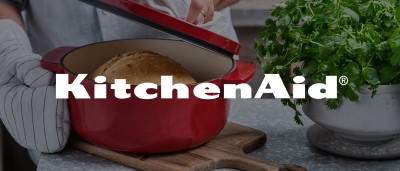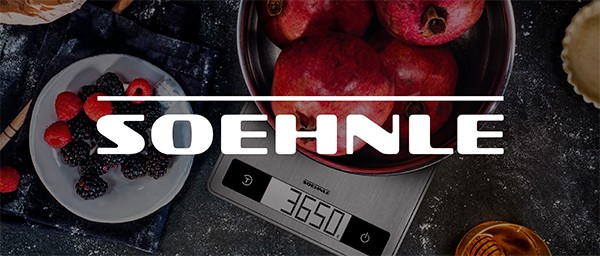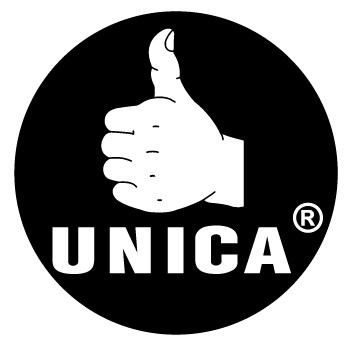Panic Attack Treatment At Home
Understanding a panic attack
A panic attack is a sudden wave of intense fear or discomfort, often with physical symptoms like a racing heart, trembling, shortness of
breath, dizziness or a sense of losing control. Cleveland
Clinic+1
It feels terrifying. But the good news: panic attacks are generally not dangerous in themselves, and there are home-based
strategies that can help reduce their intensity and shorten their impact. Medical
News Today+1
Recognizing that it’s a panic reaction to your body’s alarm system (rather than an unmanageable health crisis) is the first step towards
calming it. Anxiety Canada+1
What to do during a panic attack
These are immediate steps you can try at home when you feel a panic attack coming on or happening now.
1. Slow your breathing
- Sit or lean back in a safe place.
-
Place one hand on your belly (just below your ribs) and one hand on your chest. As you breathe in, let your belly rise more than your chest.
-
Try inhaling slowly for about 4 seconds, hold for 1–2 seconds, then exhale for about 6–8 seconds. Repeat 4-6 times. NCBI+1
- Remind yourself: “This is my body reacting. I’m safe. The feeling will pass.”
2. Ground with your senses
-
Use a 5-4-3-2-1 technique:
- Identify 5 things you can see around you.
- 4 things you can feel (texture, temperature).
- 3 things you can hear.
- 2 things you can smell (or recall a scent).
-
1 thing you can taste (or notice a taste in your mouth). Verywell
Mind
- Identify 5 things you can see around you.
-
Or hold something textured (a smooth stone, a stress ball) and focus on the feel. This helps shift your brain from “alarm mode” to “present
moment safe mode.”
3. Release physical tension
-
Tense and then release major muscle groups (toes → calves → thighs → arms → shoulders → jaw). Hold tension for a few seconds, then ease off.
Olympic
Behavioral Health+1
-
Splash cool water on your face or wrists, or place a cool, damp cloth on your neck. The physical sensation interrupts the cycle. Nebraska
Medicine
4. Use calming self-statements
- Remind yourself: “I’m having a panic attack, not a heart attack.”
- “This will pass. I have been here before and I got through it.”
-
These statements help your brain interpret the symptoms differently (less threat, more manageable). Medical
News Today
5. If possible, change your environment
- If you’re sitting in a busy or stressful space, move (safely) to a quieter place or step outside for a minute.
-
If you can walk, do 5-10 minutes of gentle movement, feeling your feet on the ground, noticing light or air. Movement helps metabolise the
adrenaline surge. Harvard
Health
After the panic attack: next steps at home
Once the immediate intense phase is over, you’ll want to support your body, mind and spirit in recovery.
- Hydrate and eat something light – Your body used energy in the reaction; simple nourishment helps.
- Rest – It’s okay to lie down, close your eyes and simply breathe for a few minutes.
-
Journal or reflect – Write down: what you noticed, what helped, what you might try next time. This builds your personal
toolkit.
-
Avoid caffeine or stimulants for the rest of the day – These can prolong jittery feelings. Mayo
Clinic Health System
- Connect with someone you trust – Even a short conversation or message helps you feel less isolated.
Building your “at-home” panic attack prevention toolbox
Doing things ahead of time reduces the frequency and intensity of future attacks.
- Practice breathing & grounding daily – 2-3 minutes morning or evening builds familiarity.
-
Progressive muscle relaxation – A full exercise, once or twice a day, for 10-15 minutes, helps reduce baseline tension. Cedars-Sinai
-
Regular gentle exercise and sunlight – These support your nervous system in non-crisis times. Harvard
Health
-
Identify your triggers – Note situations, thoughts, substances (caffeine/alcohol) that often come before an attack.
Awareness gives you more choice. Mayo
Clinic Health System
-
Prepare a small “panic kit” – A card with your go-to grounding plan, a textured object (stress ball/stone), perhaps a short
written affirmation or scripture to hand.
When home-treatment isn’t enough — seek more support
While many people can manage panic attacks at home, there are times when additional help is needed:
- If attacks are frequent (several a week) or escalating in intensity.
- If you begin to avoid places or activities for fear of another attack (it becomes limiting).
- If you have thoughts of harming yourself or fear you might act on them.
- If physical symptoms are severe (chest pain, fainting, confusion) and you’re unsure whether it’s panic or something else.
In New Zealand, you can call your GP, or if you feel unsafe: 111 for emergency. Helplines: 1737 (free 24/7), Lifeline 0800 543 354, Suicide Crisis 0508 828 865. Also consider finding a counsellor who offers cognitive-behavioural therapy (CBT) or is faith-friendly if that matters to you. Mental Health NZ
Why this all works (and how to trust it)
-
Home-based strategies like breathing retrain the nervous system to recognise safety, helping break the panic cycle. NCBI+1
-
Grounding techniques shift the brain from threat mode to here & now mode, which can stop the runaway fear. Verywell
Mind
-
Repeating them builds confidence: you learn you can ride the wave and that panic will not always win. Anxiety
Canada
A gentle faith-friendly reflection
If you believe, remember: you are not fighting your panic alone. You are held. In the midst of the storm of physical sensations and racing
thoughts, you can whisper a short prayer: “Lord, calm this storm in me. Let Your peace be here.”
Because your body, your mind and your spirit all matter—and the One who created you walks with you through this.
Final summary
At home, during a panic attack you can slow your breath, ground your senses, release tension, remind yourself it will pass, and move if you
can. Afterward, rest, reflect and build your toolkit for the future. If things grow worse or you’re unsure, reach out for help—you deserve
support.
You are not alone. You are not broken. You are valuable. And this moment can pass.
Disclaimer: This guide is for educational and supportive purposes only. It is not medical advice. If you’re in crisis, or symptoms are unclear or dangerous, please contact emergency services or a health professional immediately.



.jpg)

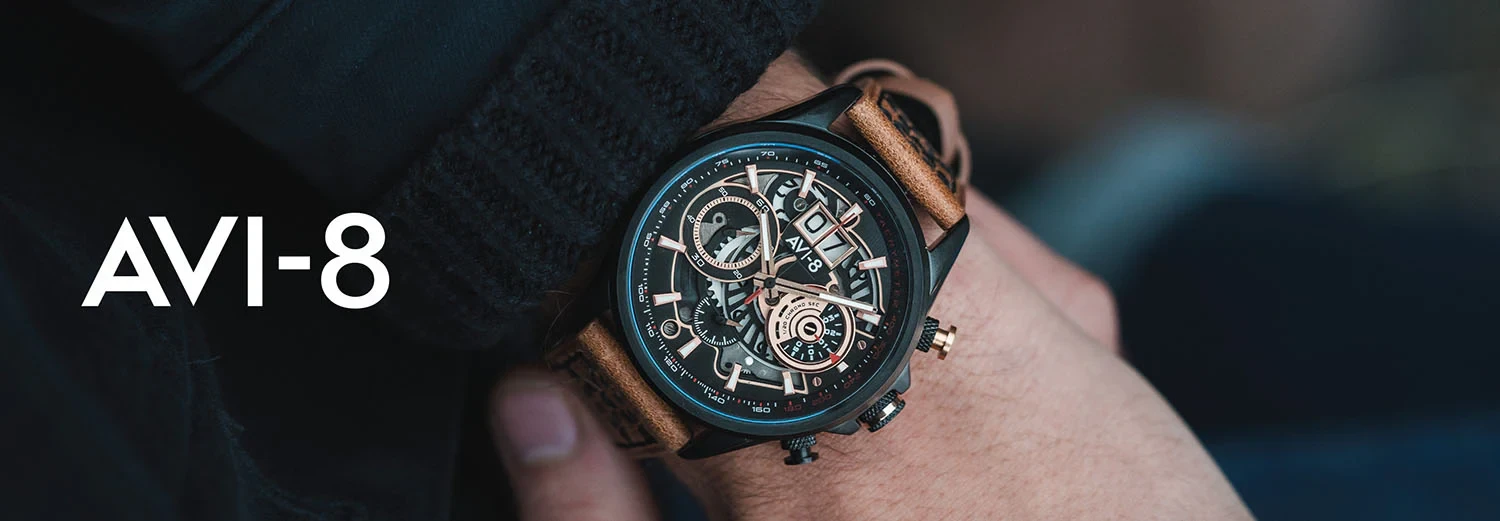

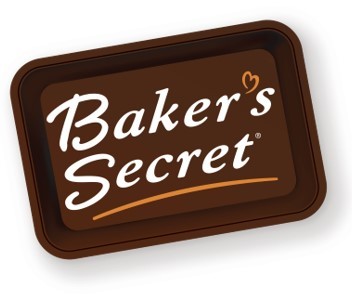





.jpg)





.jpeg)





.jpeg)



.jpeg)








.jpeg)



.jpeg)

.jpeg)
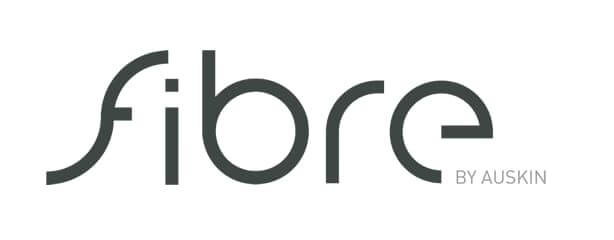
.jpeg)

.jpeg)




.jpeg)
.jpg)
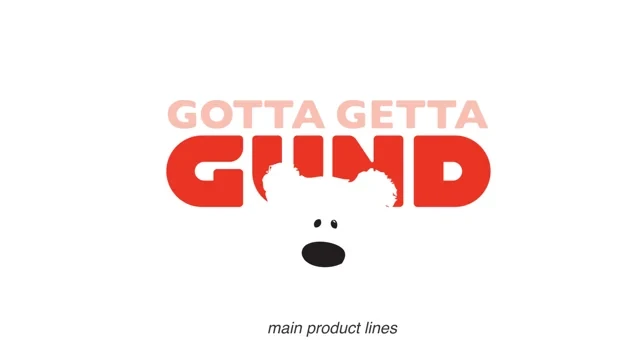
.jpeg)






.jpeg)
.jpeg)




.jpeg)



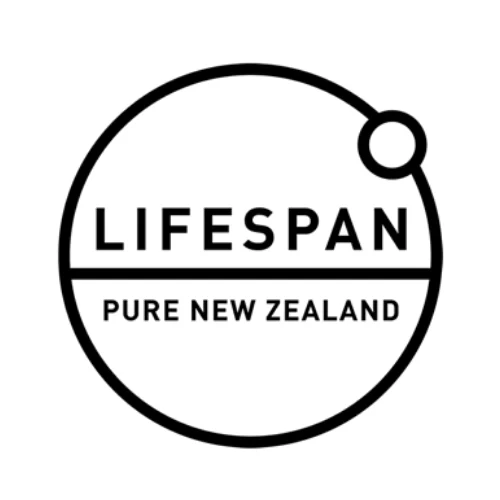

.jpeg)


.jpeg)

.jpeg)

.jpeg)

.jpeg)


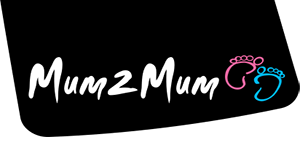




.jpeg)
.jpeg)
.jpeg)





.jpeg)



.jpeg)


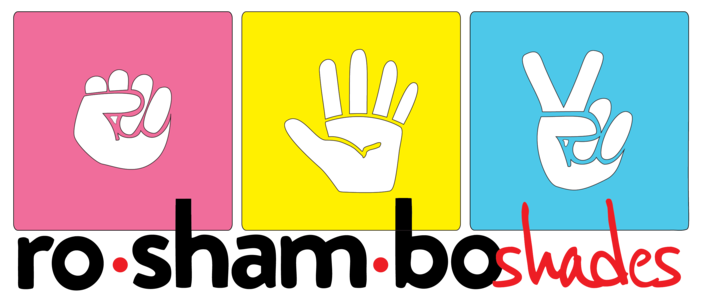



.jpg)
.jpeg)









.jpg)


ulva-Logo.jpg)




.jpeg)
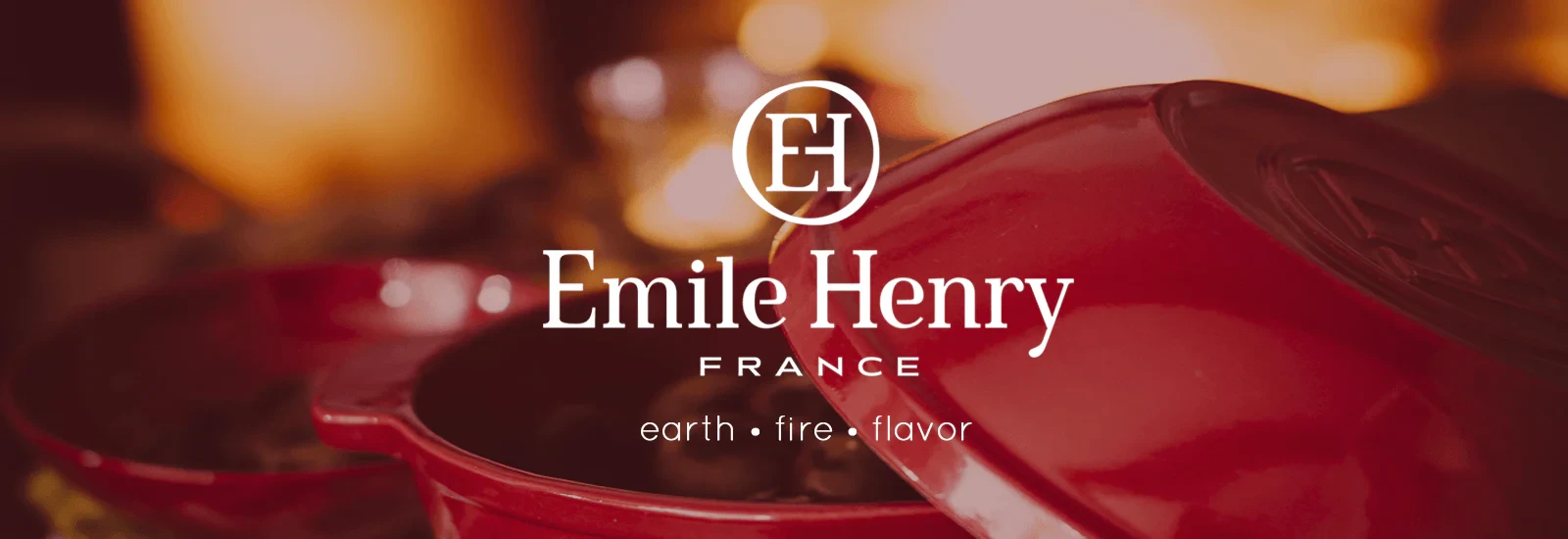


.png)
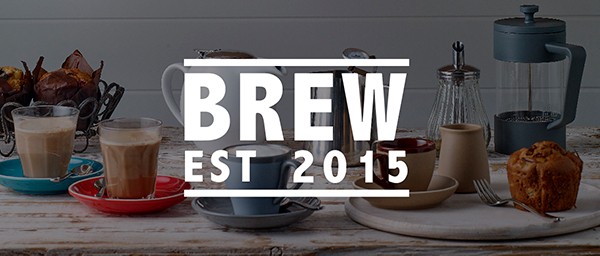




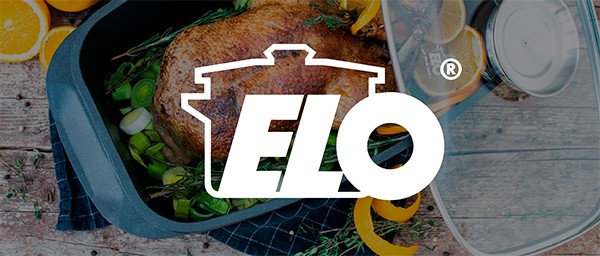


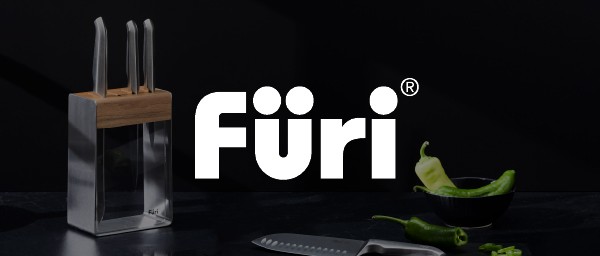

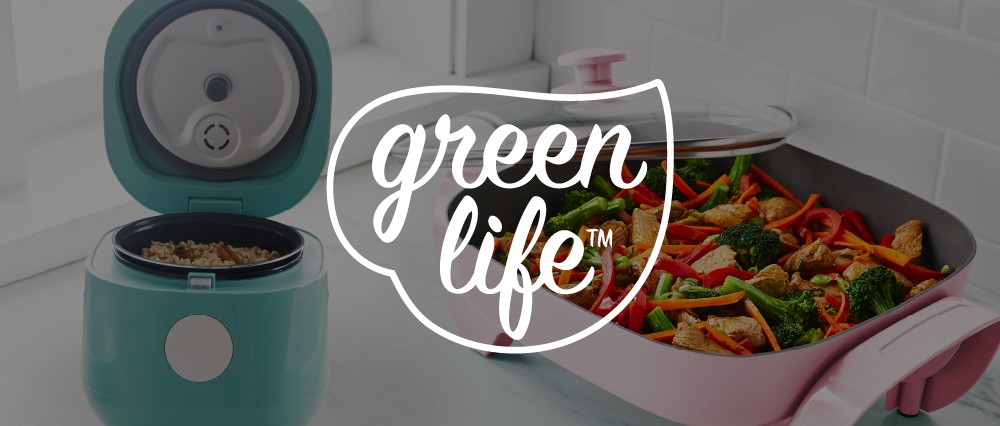

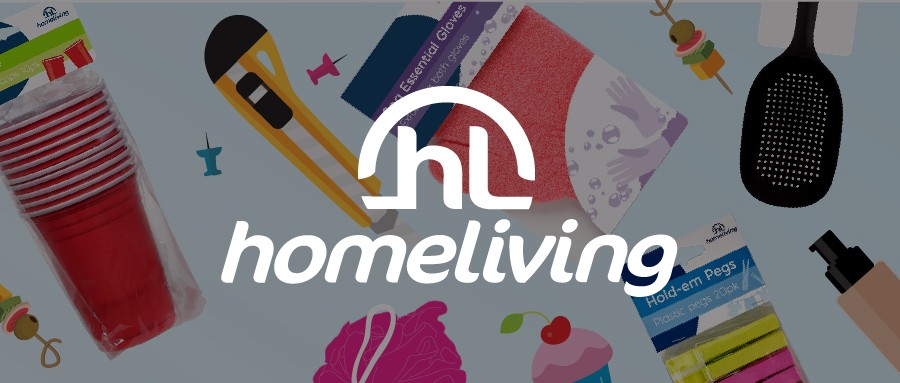
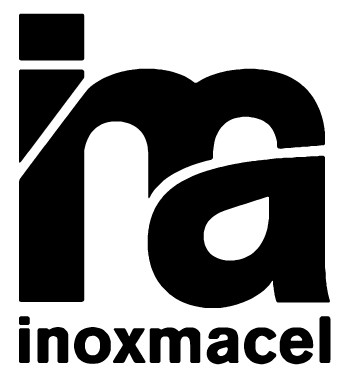
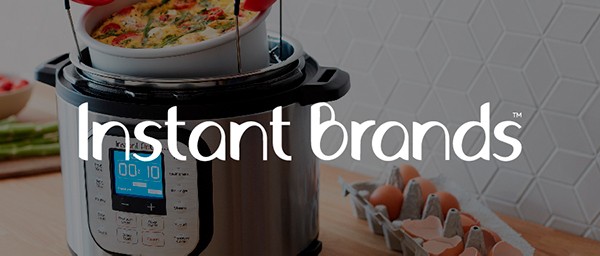
.png)


